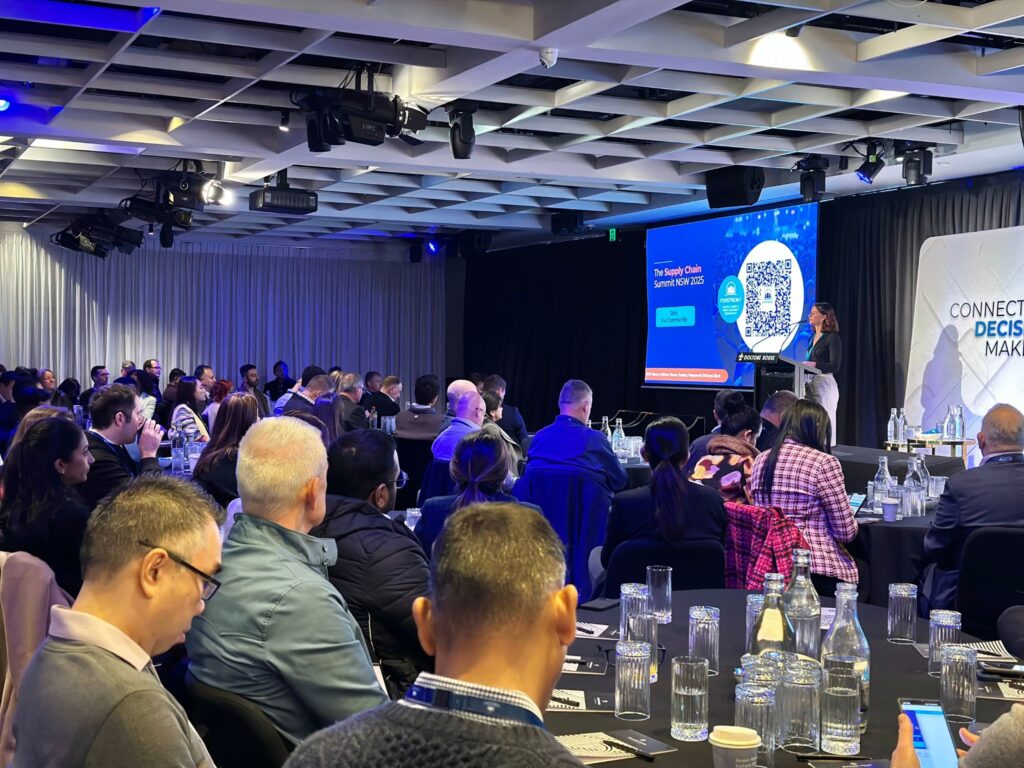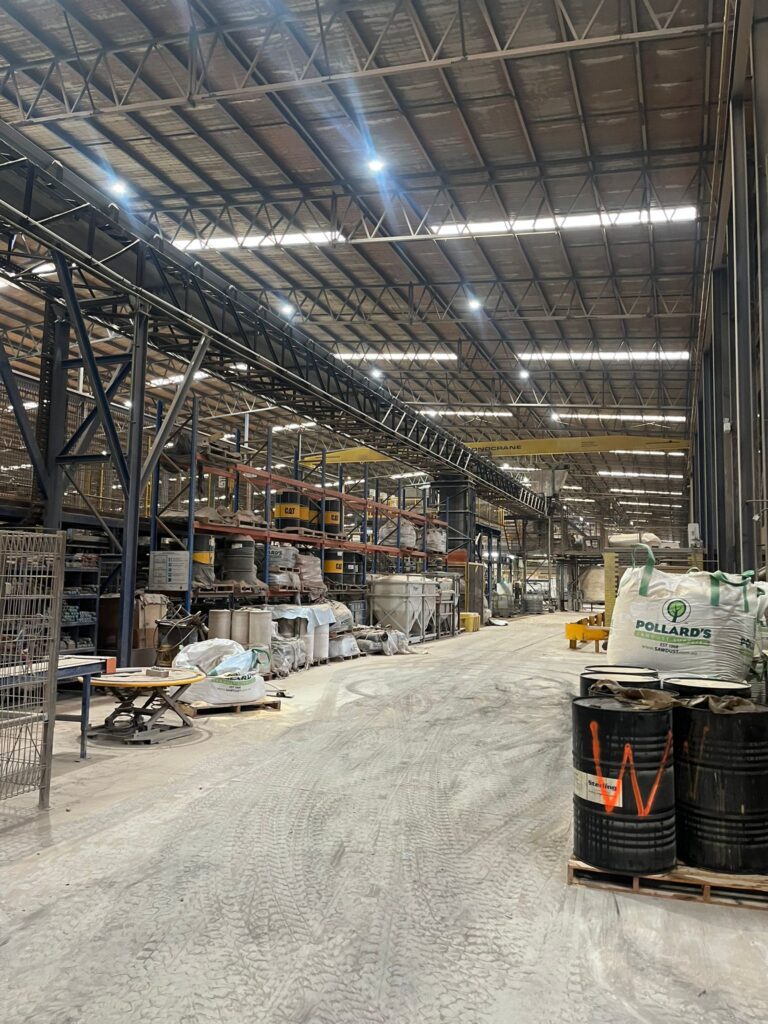Last year, one of our data scientists in our Paris office trained a machine learning algorithm to play the supply chain beer game – the classic training exercise where players reenact management of the supply chain. The robot was fed thousands of different possible scenarios and quickly got to grips with the information. Just two hours later, it was beating the results obtained by experienced, human supply chain planners. This moment was the equivalent of Garry Kasparov vs. IBM’s Deep Blue in chess, but for supply chain aficionados.
Have we finally reached a technological turning-point that could redefine supply chain planning?
I think so but I can imagine IT weary CEOs and supply chain leaders may still need some harder proof. So, let’s look at the evidence. Predictive demand planning, self-adjusting supply planning, multi enterprise end to end visibility and collaborative planning approaches are using some of the key digital technologies and adoption rates are picking up. And Gartner says algorithms in the supply chain are a key source of competitive differentiation. 
Of course, some processes are more advanced than others. For example, statistical forecasting has reached an accuracy ceiling linked to fundamental limitations imposed by the quality of the information and the fact that historical data does not necessarily reflect future events. Breaking the ceiling requires using demand signals collected all along the connected supply chain and new machine learning algorithms to sort through the data and determine which pieces of data have a real impact on demand.
That aside, the future picture, a blend of human and robotic excellence, is here to stay. Have those supply chain leaders started to embrace this all yet? Let us look at some of the key emerging technologies and where they can be adopted.
Machine learning
As the experiment with the supply chain beer game proves, machine learning offers an opportunity to achieve a true step change in the digital supply chain. Machine learning can tackle challenges in all parts of the supply chain. Predictive demand planning is the most natural area to focus on initially, but there is also a lot of potential in the more operational processes, like anticipating activity levels at different nodes of the supply chain in order to adapt capacity on busy days.
Automated capacity levelling and scheduling run by a machine learning robot could allow supply planners to focus their efforts on solving capacity gaps, which are causing significant delays, rather than constantly rescheduling the supply plan.
Machine learning approaches can also manage the planning parameters that were previously static such as lead-times, changeover times EOQs, planning frozen periods etc. to suggest where and how planning parameters should be changed.
How often have we seen an APS or ERP system running with an initial set of lead times and safety stocks that have not been updated for years? This is a thing of the past, these can now be constantly updated and enhanced.
Robotic process automation
Like a human, RPA can interact with any company system that is accessible from that workstation. It can access multiple ERP systems, an online platform, an intranet webpage, an old legacy system and a desktop tool like Excel. It can play an important role in supply chain planning by keeping master data up to date once the machine learning algorithms have determined the correct values. It can automate interactions with external systems, for example, advanced shipping notifications from suppliers, and use these to optimise the inbound process and update the supply plan.
It can also be used where tight integration is costly and time consuming or there is temporary integration needed to support end to end integration across multiple systems.
These technologies are supporting the planning capabilities mentioned earlier in built into APS systems including:
1) Concurrent planning
Approaches are now available in advanced planning systems that allow planners to focus real-time on areas where they can really add value. With planners operating in a supply chain world where people plan and develop scenarios simultaneously across multiple time horizons. Unifying demand and supply planning so that we achieve supply chain orchestration rather than separate demand and supply planning stages planning for either the short, medium or long term and on any level. Harnessing real-time collaboration with relevant decision makers to make planning happen seamlessly and in the moment.
2) Self-adjusting supply planning
And of course, we now have technology that crawls data from across multiple systems in real time and then analyses data continuously to detect risks and opportunities. Technology that then applies algorithms and prioritisation rules to make recommendations and then engages users to collaborate and approve decisions. Decisions and actions are then automatically written back into the planning and transitional systems.
New planning skills
Bearing all this in mind, do today’s supply chain planners require a new set of skills to be successful?
The traditional planner role required a vibrant mix of supply chain, financial and analytical expertise to understand the inherent trade-offs in today’s planning decisions. But the focus is now on how to assess, understand and improve system generated plans, an essential new skill. A rapidly changing skills mix is required going forward, with some past skills becoming less important than others, but great opportunities for those willing to migrate to high value-adding roles and reshape their development plans.
Today’s APS skills needs are experience in what-ifs, scenarios, which are different from the traditional planning approach. But despite the fancy mathematical acrobatics that can be done in most advanced planning systems; this is not the space for those with dominant alpha nerd traits alone. A wide range of non-technical capabilities is also required including powerful influencing skills and a very high level of interpersonal skills given the cross-functional concurrent nature of the planning task. And one of the critical requirements for supply chain leaders will be how to bring about the perfect balance between human and electronic resources.
Surf the opportunities
Don’t rage against the machine – embrace it! Every supply chain leader needs to consider their digital vision and determine how their people, processes and systems need to rapidly evolve to achieve a step change in planning and everywhere else in the supply chain!







